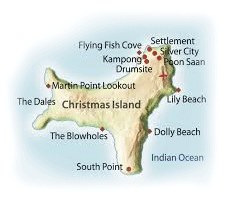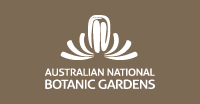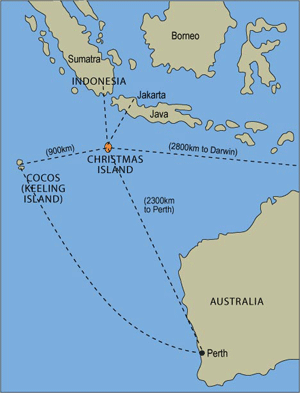|
Stamps are listed below by plant species and year of issue.
The 'Previous' and 'Next' buttons at the end of each stamp page move in chronological order of their issue.
The 'Stamps' button takes you to the Australian stamps home page.
The 'CI Stamps' button takes you back to this index page.
The chronological sequence starts with Cocos nucifera in 19631.
It currently ends with Cocos nucifera in 2014.

Area
of Christmas Island: 135 square km
Coastline length: 139 km
Highest point: 300 m above sea level
|

![An Australian Government Initiative [logo]](/images/austgovt_brown_90px.gif)










